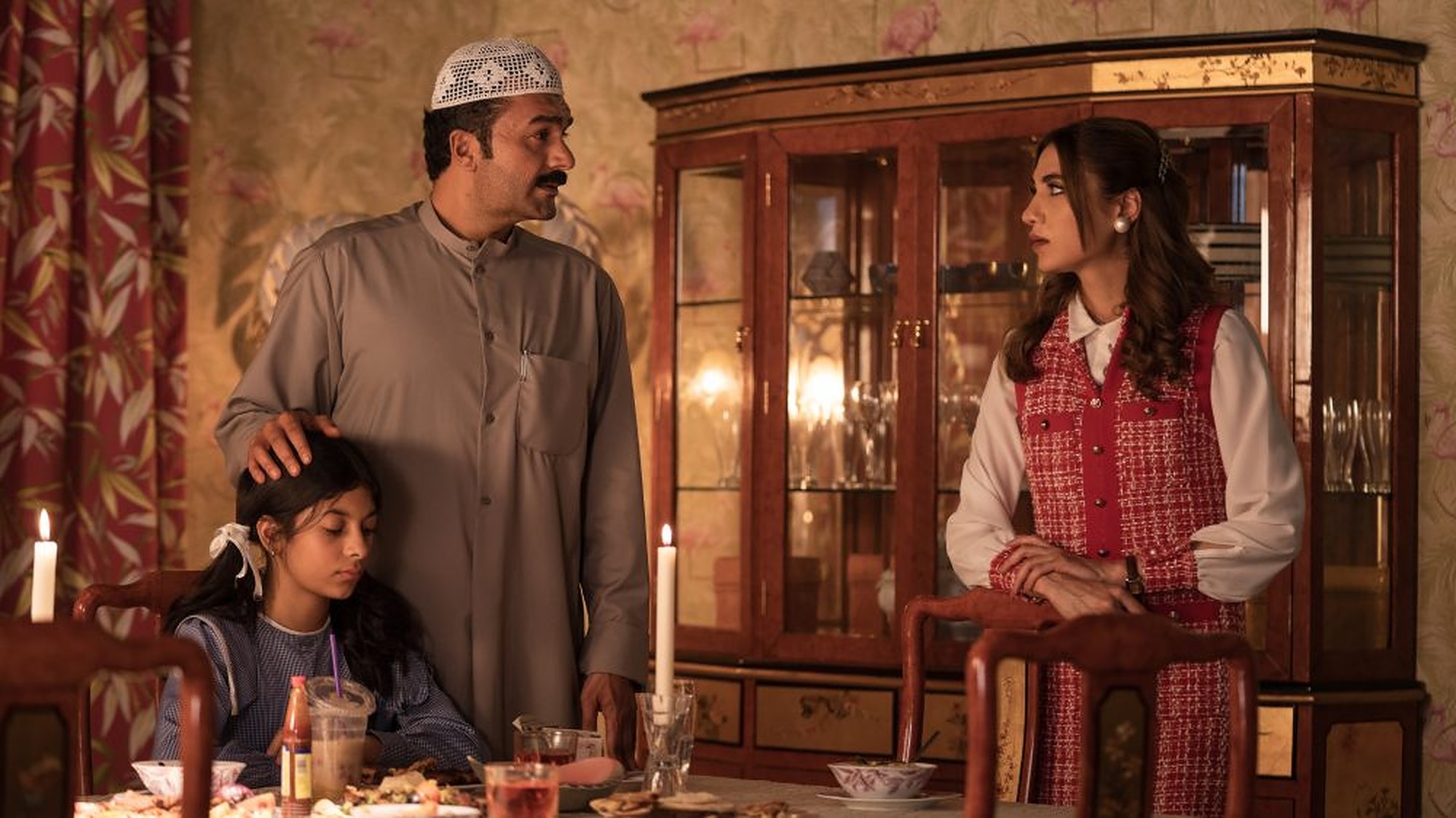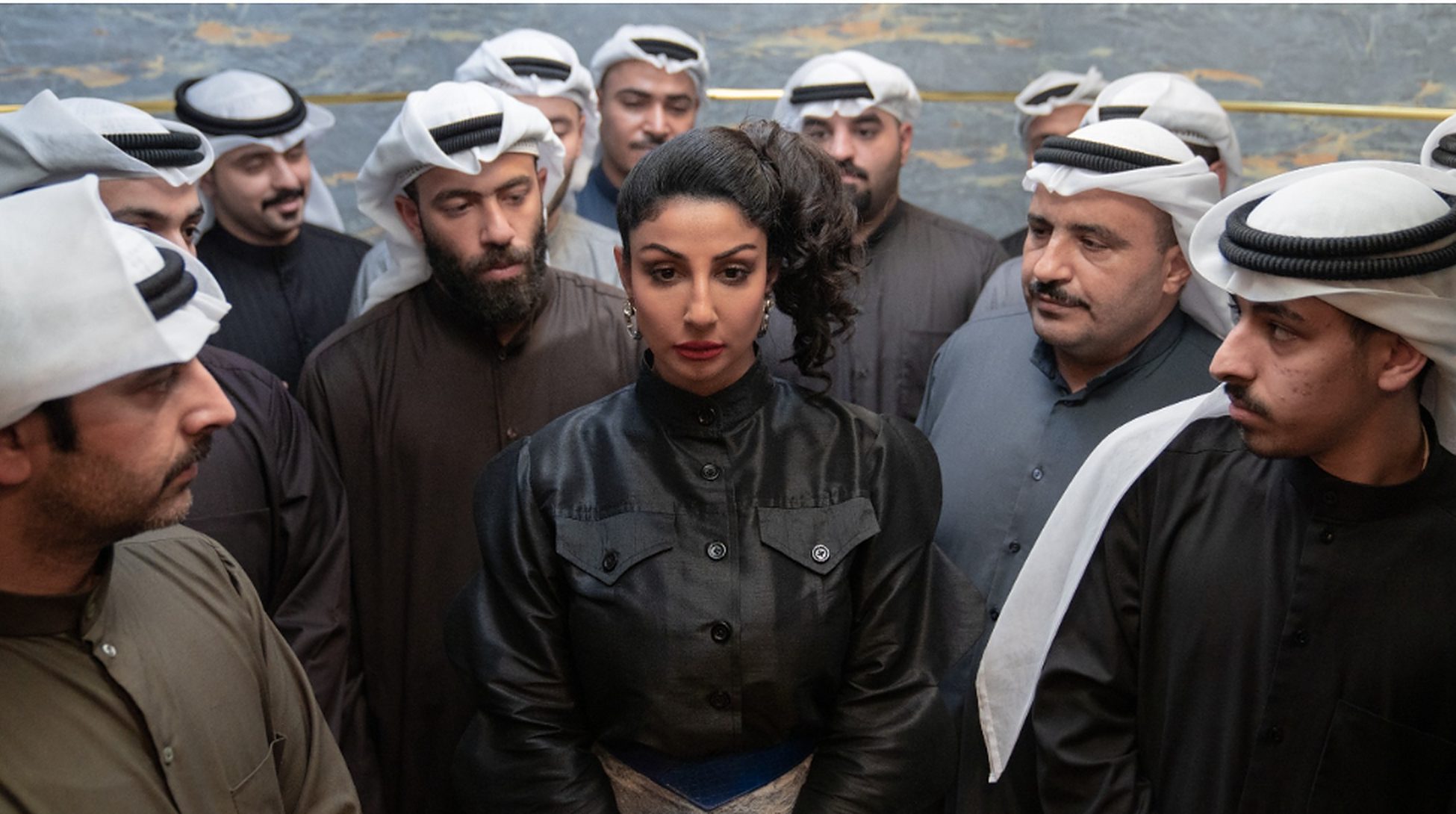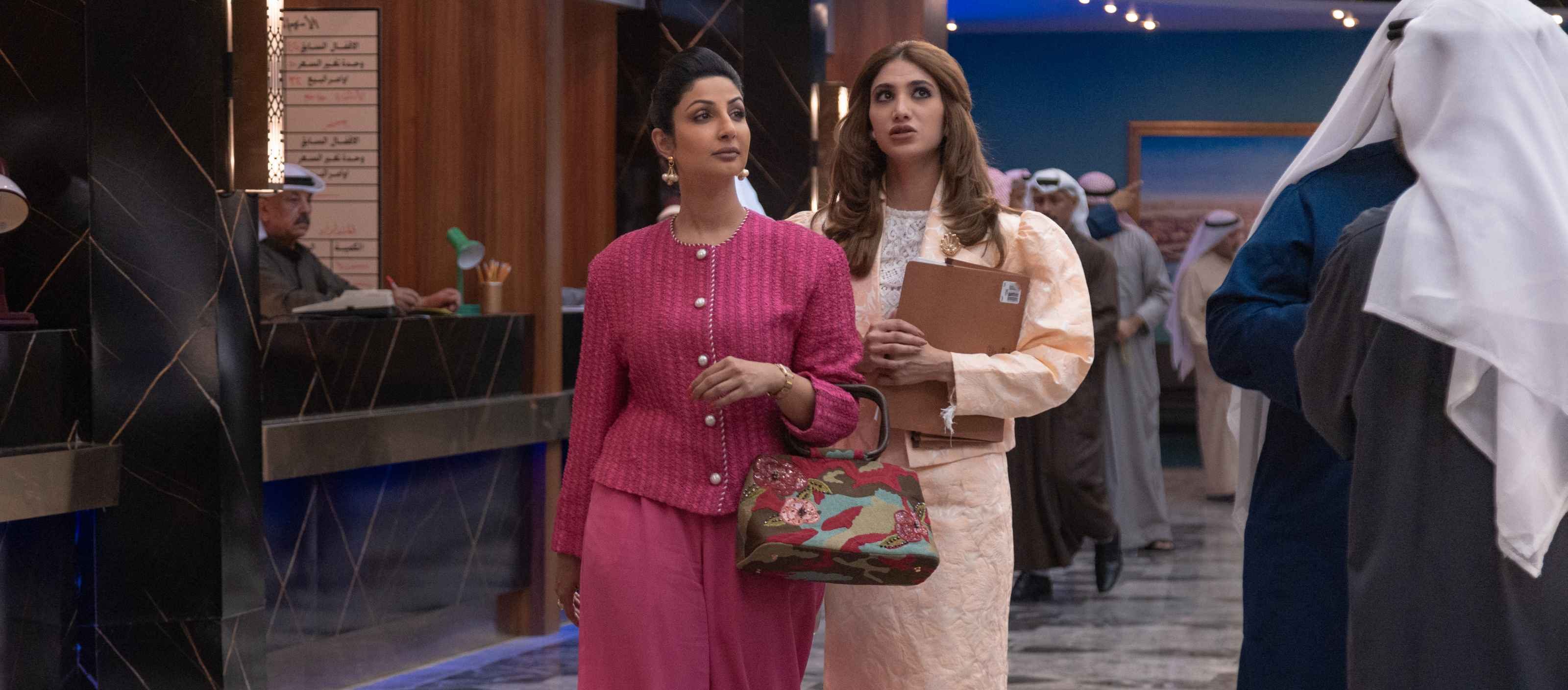Set in the 80s against the backdrop of Saddam Hussain’s invasion of Kuwait, Netflix’s ‘The Exchange’ is an Arabic drama series that follows two daring women who take their country’s stock market by storm with their brains and charm. Newly divorced Farida struggles to provide for her daughter, while her niece, Munira, is a struggling bank clerk. But when they learn of the lucrative opportunities the stock market offers, they decide to play in the big clubs. Hence, Farida and Munira use their stellar mathematics skills and wits to take on the Kuwait Stock Exchange.
However, when the two women soon realize that the trading floor is heavily male-dominated and competitive, they face several challenges on their way to the top. Featuring powerful performances by actors like Rawan Mahdi, Mona Hussain, Jasem Al-Nabhan, and Hussain Al-Mahdi, the series authentically depicts the socio-political conditions of Kuwait in the 80s as well as how the stock market functions. Moreover, the realistic characters and the theme of women overcoming sexism in the finance industry make the viewers wonder if the show draws inspiration from reality. If you are curious about the same, here’s what you need to know!
The Exchange: An Ode to Writer’s Childhood
Yes, ‘The Exchange’ is based on a true story. Written by Nadia Ahmad, Anne Sobel, and Adam Sobel, the show is an ode to Nadia’s childhood and the women she grew up around in Kuwait. Specifically, the show is inspired by her mother, who strived to become a respected name in investment banking during the 80s. In an interview with Variety, the talented writer shed some light on how she got the idea for the incredible story and characters from her personal background.

“The investment banking business was a big thing in the ’70s and ’80s in Kuwait. There was lots of money to go around and not enough people doing money management, you know what I mean? The stock exchange was booming, investment banking was booming. It was where you would go if you wanted to make some serious money…My mom was a single mom — she was solely financially responsible for me and wanted the best for me. So she entered the investment banking world, and I was consistently around women who were also doing the same thing and shattering stereotypes of Khaleeji women,” said Nadia.
The writer added,” These women were pioneers, they were the first to enter these male-dominated spaces. So yeah, it was me reflecting on my childhood and adolescence and wanting to bring something to the screen that encompassed complex, multi-dimensional characters. Female characters that I didn’t see enough of from this region. And I’m really happy with how it came out.” Nadia further elaborated on depicting Farida as a divorcee in the series, saying how it helps the audience learn about the social disparities between women in the West and Arab countries.
“Well, that’s a very subtle sort of nod to the fact that in the West, women are responsible for themselves. The second they turn 18, they are legally independent. Whereas in the Gulf and the Arab world, women are essentially under the guardianship of the men in their families. If it’s not their father, it’s their brother. If it’s not their brother, it’s their husband. That was the case in the ’80s. But even now, we are still fighting for our rights, for our own guardianship. Whether it’s in Saudi Arabia or Kuwait, we are still doing that,” stated Nadia. In another interview with GQ Middle East, she divulged her experience writing the script.

Nadia shared, “It was an incredibly rewarding experience because I was able to create characters I love, inspired by the people I respect so dearly. Paying homage to my family was an honor, and I feel blessed that some of my core memories from my childhood are now immortalized on the Netflix platform…I think ‘The Exchange’ is unique in how daring our characters are against a backdrop that is seemingly so traditional and set in its own ways. ‘The Exchange’ is thought-provoking not only for the story arcs of its leading ladies but also for the roles the men around them played, but nothing overshadows the biggest star between them all; The Stock Exchange floor itself, a steamy, electric atmosphere of money-making excitement.”
Furthermore, co-writers Adam and Anne Sobel echoed the same sentiment on how the Netflix series adds a fictional flavor to Nadia’s actual experiences by retelling them through specific situations. Anne stated, “What was amazing was being able to take little bits and pieces and re-imagine them in particular ways. The story is rooted in real scenarios that could have happened in Kuwait during that time and the real, powerful women that Nadia saw.”
Adam further reflected on how the show tackles the prevalent topic of women being suppressed by society’s expectations of them. “I think that this is a show about women trying to construct their identity on their own terms, and I think something we talked about a lot as a group is how a working woman’s life is a constant trade-off. This is because society places value on marriage and family, and being a working woman is going to come at a cost,” the writer expressed.
To sum up, though ‘The Exchange’ does draw from Nadia Ahmed’s mother’s life and the writer’s observations of working Kuwaiti women in the 80s, the characters and their situations are fictionalized and do not represent any particular people. The makers have worked hard to accurately recreate the period the show is set in, combing actual and imagined bits to craft a compelling story for the audience.
Read More: Where is Netflix’s The Exchange Filmed?


You must be logged in to post a comment.